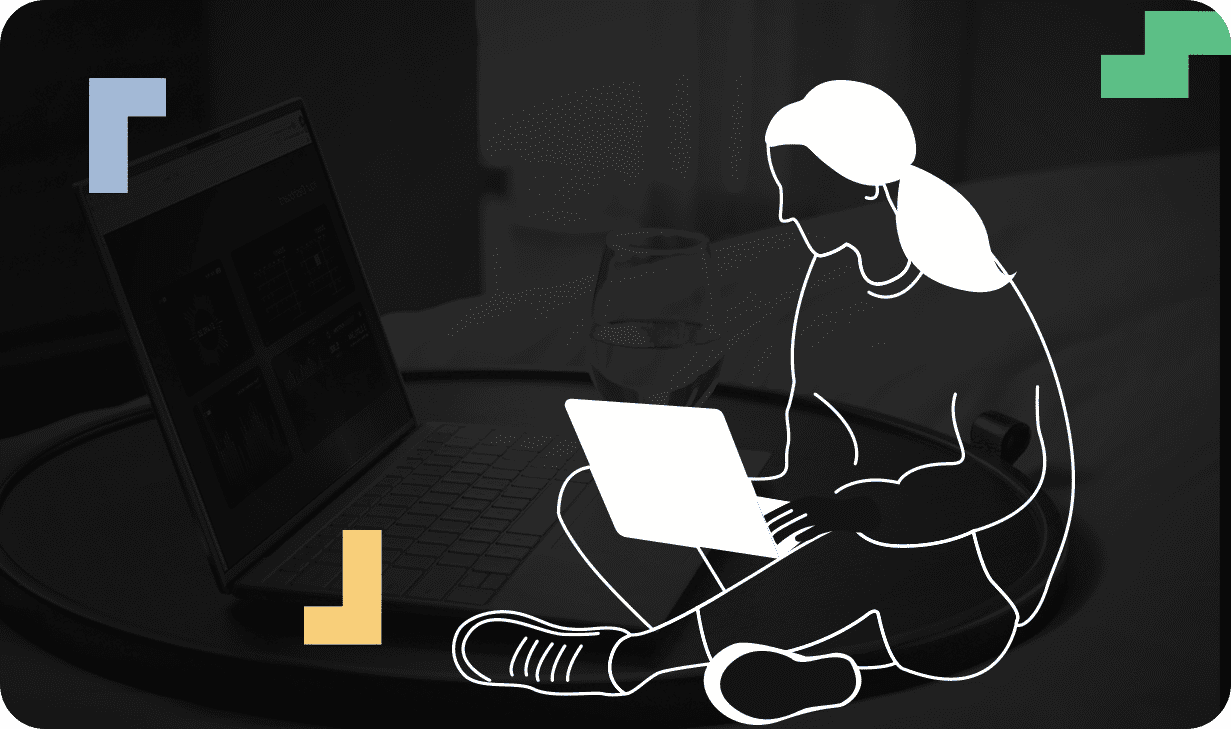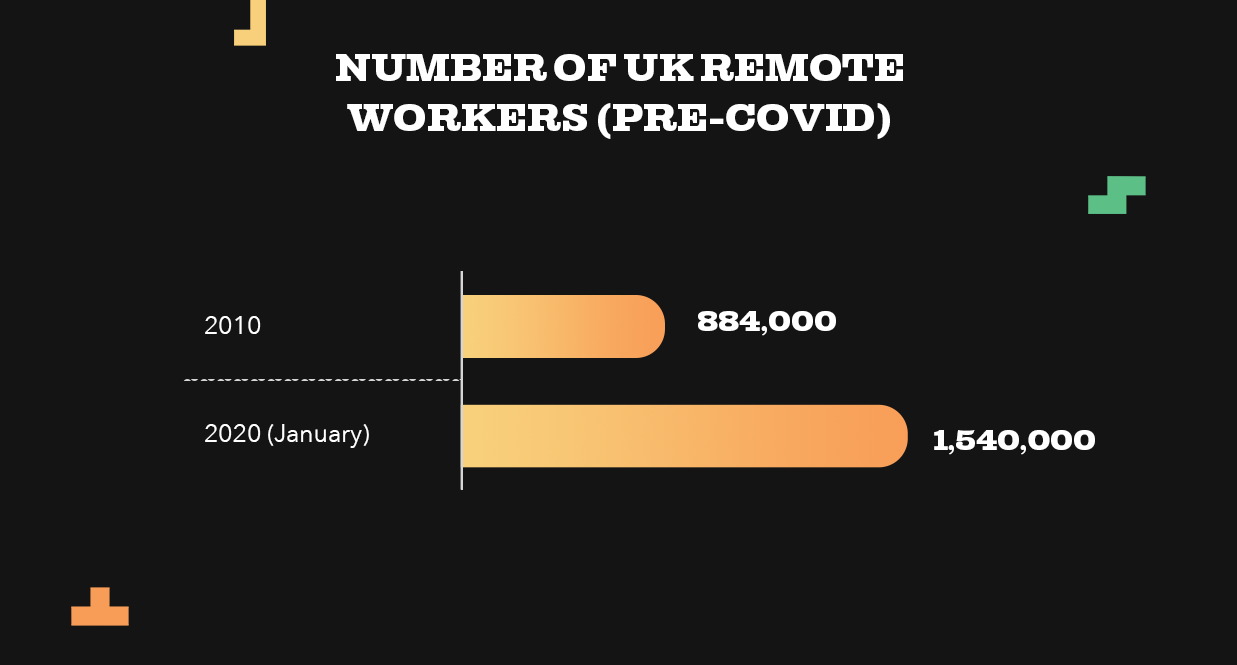The Workaround: Remote Work’s Limitations Drive Creativity

Author
Lean Convert
Published
“Art consists of limitation. The most beautiful part of every picture is the frame.”
G.K. Chesterton, Writer & Philosopher
The moment lockdowns swept the UK, 60% of employees began working from home. 26% of Brits (nearly half of their current remote workforce) plan to continue working from home at least occasionally, even after the pandemic. Numbers are similar in the US, and internationally for that matter. That said, not everyone’s a fan.
“I don’t see any positives to working from home,” Netflix CEO Reed Hastings recently told the Wall Street Journal. “Not being able to get together in person, particularly internationally, is a pure negative.”
“The truth about remote work is that it’s far less binary,” says Tim Axon, Managing Director of LeanConvert. “It shouldn’t be thought of as a ‘pure negative’ or positive, but rather a reality that every company has to face right now, especially given that lockdowns are tightening again around the world.”
For one, it can’t be all bad if more and more workers were already moving toward remote setups before COVID-19 kicked things into hyperdrive.
- In the ten years leading up to the pandemic, the number of people working remotely in the UK had increased by 43%. There was an obvious trend upward, with equally obvious benefits.
- In a poll, 83% of workers said they don’t need an office to be productive
- 75% believe that they’re actually more productive at home due to reduced distractions.
With this in mind, Tim, along with Bri Axon and Stuart Nelson, founded LeanConvert four years ago without a headquarters. This fostered a remote work culture that spanned from England to Germany to Ukraine, even in the website optimisation company’s early days. While other businesses scrambled to adapt to working outside of an office this year, LeanConvert’s day-to-day remained largely unchanged. It’s something for which the founders are extremely grateful.
“We set out to build a business that gave people what they wanted.”
“We set out to build a business that gave people what they wanted. There still needs to be balance, nothing beats in-person time together for richer communications and interactions, which is why we planned quarterly in-person meetups. You could see the change in team dynamics when we had not met-up. Three months was definitely optimal (pre-Covid) for keeping the togetherness going. Now companies like Twitter and Fujitsu are doing the same.”
The feedback at LeanConvert has been entirely positive. “Our team often talks about how happy they are to have more time with loved ones, feel less stress, reduce their carbon footprints, stay in during the pandemic, and have the empowerment of being trusted to work hard as opposed to watched over in an office,” says Tim.
There is, of course, a learning curve to all of this. Being completely remote as a company has a few drawbacks, like the inability to create the same in-person experiences that people have with one another in an office or socially. But there’s an upside to limitations.

“Obstacles are what drive innovation. It’s lazy to think, ‘Oh, working-from-home is debilitating.’ It’s an opportunity to reimagine the way we work. It’s a chance to find new ways to improve communication while keeping the team happy, healthy and engaged. Companies that can figure out how to not only make this situation work, but actually thrive during it, are going to be the ones that are best equipped for success when we get out on the other side.”
Recently, LeanConvert held its first virtual meetup, which involved a series of lightning talks, various workshops, happy hours, guest magician Pete Heat, and more. While it remains impossible to recreate in-person experiences from past meetups like helicopter rides in the Greek Islands or cooking paella together under the sun in Barcelona , the online meetup gave the team valuable time together to not only receive important business updates but also socialising and fun with magicians, cooking, games, and more.
“I had to work harder at my delivery, thinking of better ways to write more engaging content so that messages landed from distance via Zoom,” Tim notes. “It challenged me to be a better presenter. Which will make it even better when we can be in person again.”
As for the Chesterton quote in the beginning, frames aren’t always the most beautiful part of art. But within their four walls, creativity thrives. In an ironic twist, thinking “inside” the box also leads to innovation. Working remotely, even with its limitations, is no different.











